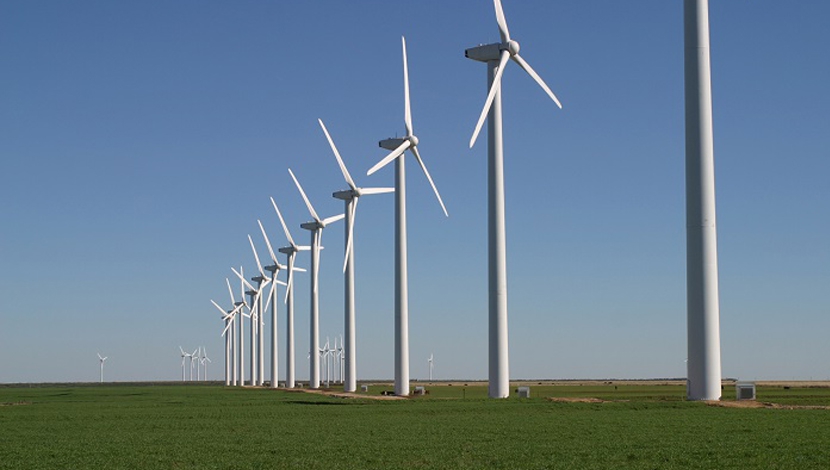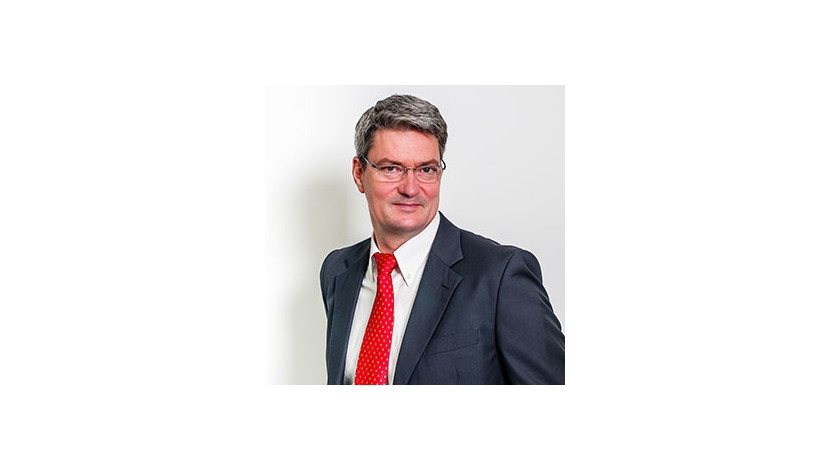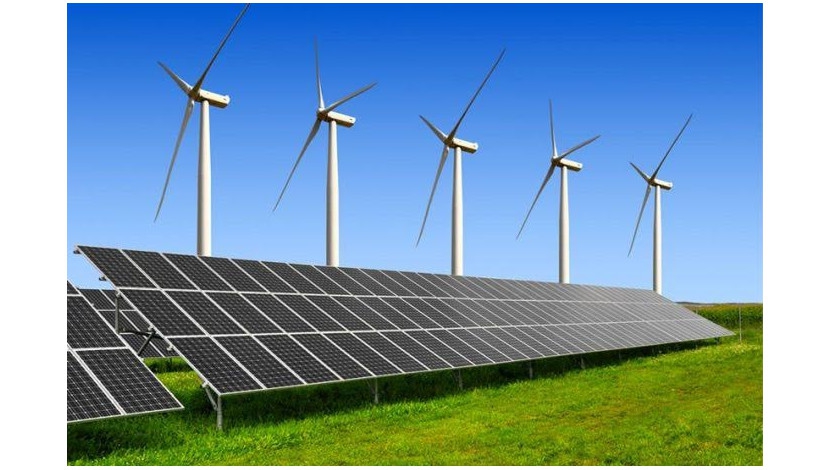

Wind energy has become a major driver for a sustainable energy future and, with over 500 GW of capacity installed worldwide, it is a leading source of new power generation globally.
In 2016, $112.5-billion was invested in wind power globally, and the industry now employs 1.2-million people, making it one of the fastest-growing industrial segments in the world.
“Today, we celebrate world wind power day. Wind and other renewables are already winning on the economics alone, but we need it to happen faster if we are to have a reasonable chance of meeting the Paris climate targets”, Global Wind Energy Council (GWEC) secretary general Steve Sawyer said on Thursday.
“In 2016, unsubsidised new renewable power was cheaper than fossil fuels in over 30 countries and, by 2025, that will be the case in most countries around the world,” he said.
One of the most important remaining barriers for the uptake of wind, particularly in Organisation for Economic Cooperation and Development markets, is generation overcapacity and a lack of demand for new energy.
Old fossil fuel plants, long paid off, are kept running as long as the cost of the air and water pollution and carbon dioxide emissions are free – “a subsidy from the environment and future generations to fossil fuels”.
“Shutting down these old plants, as well as encouraging the rapid transition to electric vehicles, would help drive the demand necessary to keep the renewable energy industry thriving in established markets, with massive environmental, health and economic benefits,” he noted.
“Reaching 500 GW globally is a landmark. Wind is now a core mainstream part of electricity systems in advanced economies,” Wind Europe CEO Giles Dickenson said.





